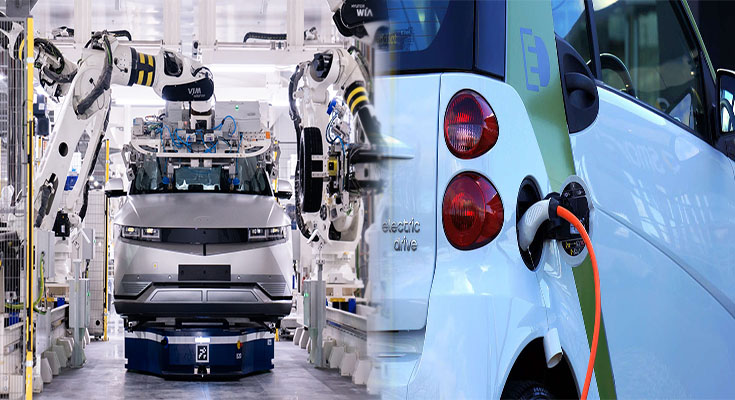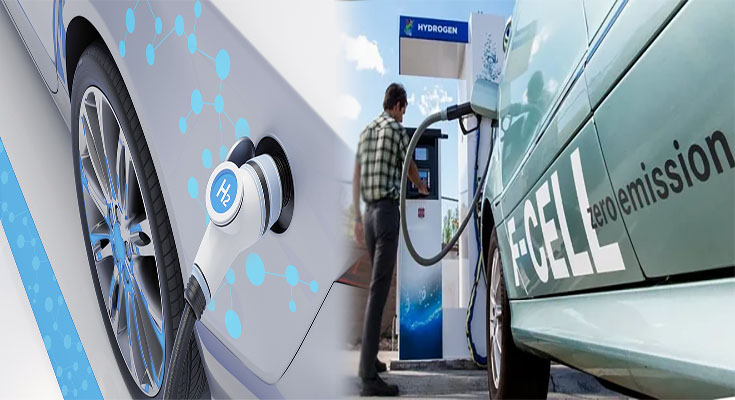The shift towards a more sustainable and environmentally-friendly transportation system is gaining momentum, and one of the key drivers behind this change is the implementation of government policies that support and incentivize the adoption of electric vehicles (EVs). As concerns about climate change and air pollution intensify, governments around the world are stepping up their efforts to encourage the growth of the electric car sector. In this article, we will explore some of the government policies that are fueling the expansion of the electric car market.
1. Purchase Incentives and Rebates
One of the most effective ways governments are encouraging consumers to go electric is through the provision of purchase incentives and rebates. These policies aim to reduce the upfront cost of EVs and make them more affordable for the general public. Purchase incentives can take the form of tax credits, grants, or subsidies, which can significantly lower the purchase price of electric cars and make them a more attractive option for consumers.
2. Charging Infrastructure Development
Investing in a widespread and accessible charging infrastructure is crucial for the widespread adoption of electric vehicles. Recognizing this, governments are implementing policies to support charging infrastructure development. They are subsidizing the installation of public charging stations, offering grants to businesses and homeowners for installing private chargers, and promoting the integration of charging infrastructure in new building projects. These initiatives help alleviate the range anxiety among potential EV buyers and further promote the convenience of electric vehicle ownership.
3. Zero-Emission Vehicle (ZEV) Mandates
Several governments have implemented Zero-Emission Vehicle (ZEV) mandates, which require automakers to produce and sell a certain percentage or number of electric vehicles. By implementing ZEV mandates, governments are putting pressure on automakers to invest in electric vehicle technology and increase the availability of EV models in the market. This policy serves as a powerful catalyst for the growth of the electric car sector by ensuring a steady supply of EVs and expanding consumer choices.
4. Emissions Standards and Regulations
Governments are tightening emissions standards and regulations for traditional internal combustion engine vehicles, pushing automakers to produce more fuel-efficient and low-emission vehicles. To meet these standards, automakers are increasing their investment in electric vehicle research and development. By imposing stricter emissions regulations, governments create a favorable environment for the electric car market to thrive and accelerate the transition to cleaner transportation alternatives.
5. Research and Development Funding
To spur innovation and further advance electric vehicle technology, governments are providing research and development funding to both public and private institutions. This funding helps support advancements in battery technology, charging infrastructure, and other critical areas that contribute to the growth of the electric car sector. By investing in research and development, governments are ensuring that electric vehicles become more efficient, affordable, and practical for consumers.
Government policies are playing a crucial role in driving the growth and adoption of electric vehicles. Purchase incentives, charging infrastructure development, ZEV mandates, emissions standards, and research and development funding are all key elements in the shift towards a sustainable transportation future. As governments worldwide recognize the urgency of reducing carbon emissions and promoting clean energy, the electric car sector is poised to experience rapid growth and become a mainstream mode of transportation. The confluence of government support and technological innovation is fueling a revolution in the automotive industry, ultimately leading us towards more sustainable and greener transportation systems.













